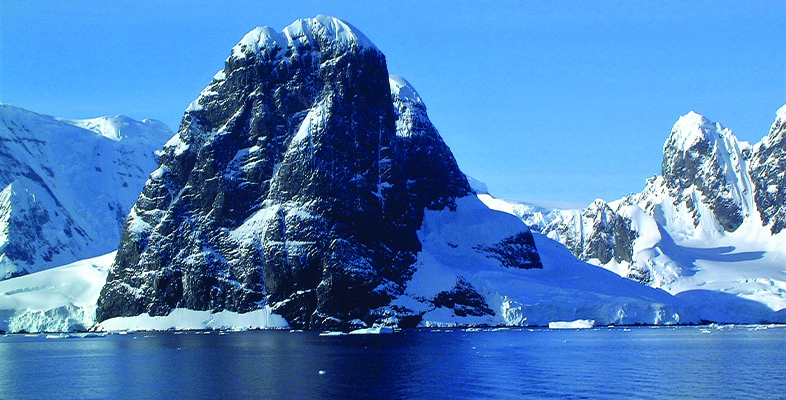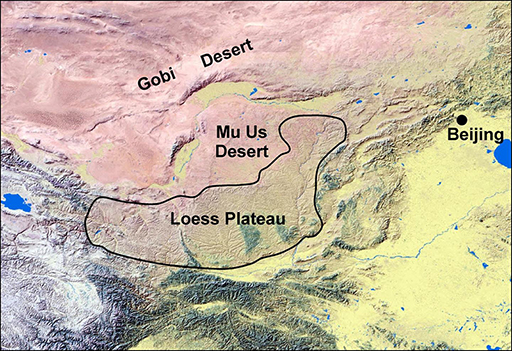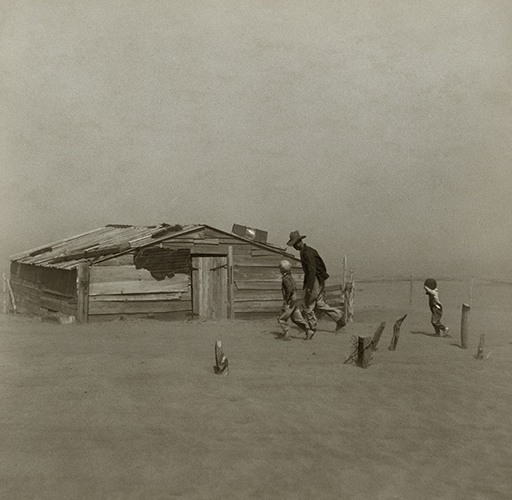2 China’s Loess Plateau
China’s Loess Plateau is a region that stretches for 640,000 square kilometres across north central China. It is an example of an ecosystem that has been ravaged by human activities, such as agriculture.
In 2015, The UN (United Nations) produced a report on food and agriculture which found that one third of the planet’s soils are damaged. Erosion, contamination and saltwater have all taken their toll. This is not a new phenomenon. In 1900 agriculture on the Great Plains of the US (United States) expanded substantially. In doing so it depleted the soil of moisture so that when, in the 1930s, there were several prolonged droughts, the dry soil was swept away by wind. Dust storms disrupted life and ruined farmland.Start of Media Content
The Loess plateau suffered in a similar way. In 1994 a programme of restoration began. The following videos show some of the actions taken by China to restore the plateau ecosystem, with help from the World Bank. As a result of the restoration programme millions of people benefited, although the costs were high – US$500 million.
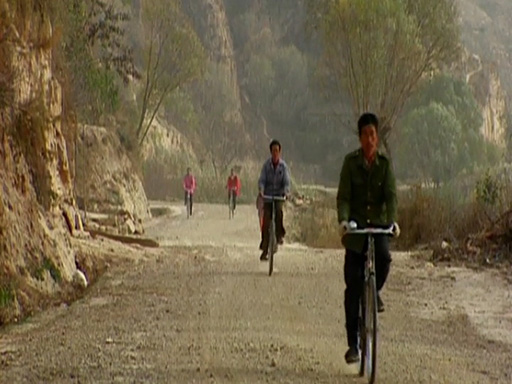
Transcript
China’s Loess Plateau
Contributors to this video include John D Liu.
Video: ©co-produced by The Open University and EEMP for BBC World, with support from the International Union for the Conservation of Nature (IUCN), The Open University, The Rockefeller Foundation, and the Syngenta Foundation for Sustainable Agriculture and The World Bank. © Environmental Educational Media Project (EEMP) 2009
The hills and valleys of China’s Loess Plateau eroded because grazing domestic animals denuded them of vegetation. Valuable soil was washed away into the nearby Yellow River, leaving the plateau unfertile.
The rehabilitation of the plateau has been a slow and arduous task. As you watch the next video think about the following questions:
- What were the activities that resulted in the destruction of the Loess Plateau?
- What actions were taken to restore the plateau?
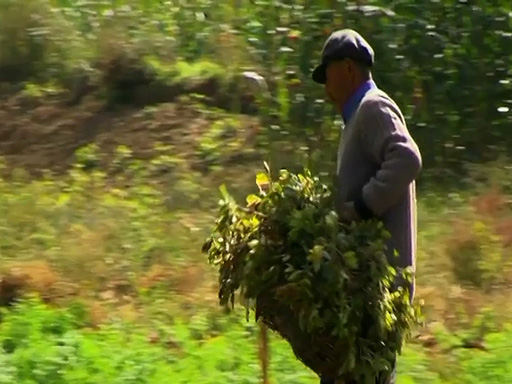
Transcript
Loess Plateau’s success
Video: ©co-produced by The Open University and EEMP for BBC World, with support from the International Union for the Conservation of Nature (IUCN), The Open University, The Rockefeller Foundation, and the Syngenta Foundation for Sustainable Agriculture and The World Bank. © Environmental Educational Media Project (EEMP) 2009
Activity 1
How can the destruction and rehabilitation of the Loess Plateau be understood in terms of an ecosystem?
Write some notes in the box below.
Answer
The Loess Plateau can be considered as a discrete ecosystem. As it became over-exploited the flow of energy through the food chains within the ecosystem changed and reduced. Unless the primary flow of energy from sunlight into plant material for consumers is maintained, the ecosystem will change in character and, as in the case of the Loess Plateau, parts can become almost barren. Several thousand years of human agriculture denuded the hills and valleys of vegetation. Domestic animals fed on vegetation and there was no chance for young trees and shrubs to grow. Rain no longer seeped into the ground but washed down the sides of the hills carrying away soil. Thus the primary route for energy to enter the ecosystem disappeared.
